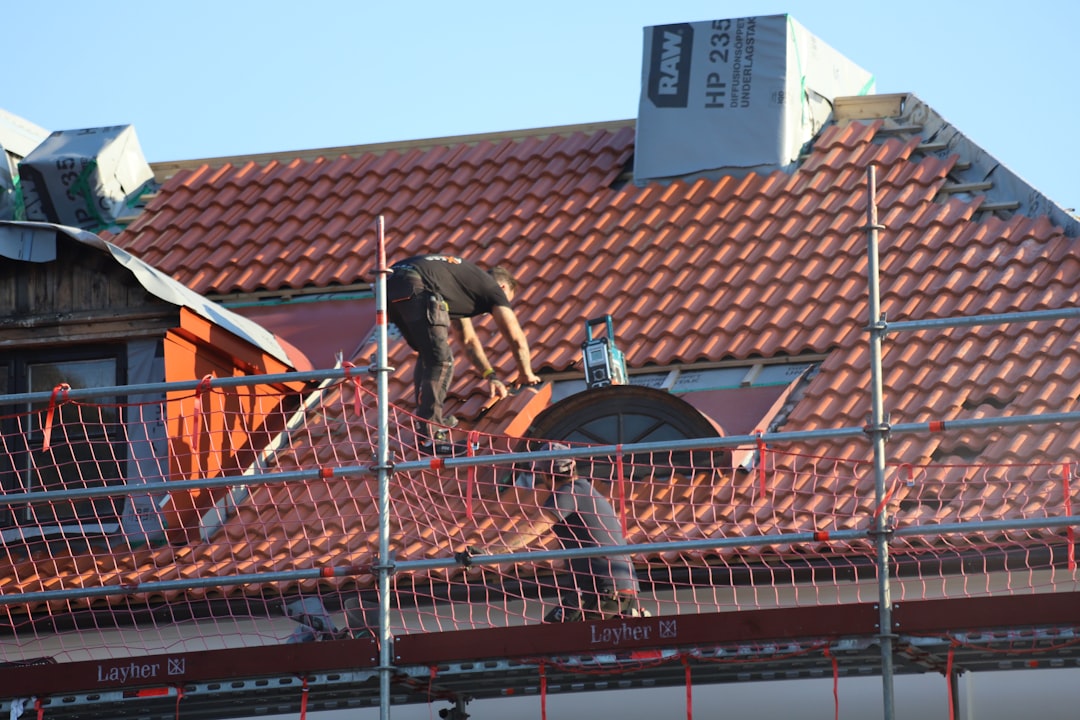Installation Labor Rates 2025: Construction Crew Labor Cost Benchmarks for Roof Truss Installation
This detailed guide opens with real labor and cost benchmarks: professional crews currently estimate $45–$65 per truss in labor or $6–$15 per square foot installed for prefabricated wood truss systems, plus $350–$1,050 per day for crane rental when required. These rates are based on up-to-date contractor data aggregated from industry cost summaries—critical for accurate bids in residential construction workflows.
| Cost Component | Range | Notes |
|---|
| Labor per truss | $45–$65 | Standard prefabricated truss setup |
| Installed cost per sq ft (materials & labor) | $6–$15 | Residential standard roof |
| Crane rental (daily) | $350–$1,050 | Used for safe placement of truss panels |
Why Installation Accuracy Matters to Contractors: Crew Labor Rates vs. Overruns
- Structural quality: Misaligned trusses can compromise load transfer and building envelope integrity.
- Schedule impact: Proper crane coordination and crew sequencing save days in dry-in cycles.
- Cost control: Rework or waste can add 10–20% in unexpected labor and material expenses.
Labor Cost Optimization for Construction Crews
Use these proven methods to tighten cost planning:
- Integrate accurate crew labor rates ("crew labor rates 2025," "construction crew costs analysis") into takeoff tools.
- Schedule crane lifts during low-wind windows to avoid delays or idle crew time.
- Use real-time local lumber pricing and lock quotes when material spike risks occur.
Step-by-Step Workflow for Trade Professionals
- Conduct precise blueprint takeoff for truss count and geometry, with allowances for bracing and cutting waste (<2%).
- Stage trusses on braced racks; align plates within 1/8" using laser surveys.
- Coordinate crane day: set girder trusses first, then field trusses with required temporary bracing.
- Install permanent bracing and connectors in compliance with local codes and wind/snow loads.
- Sheathe immediately to secure geometry, then trigger decking and roofing orders to avoid downtime.
By pairing precise takeoffs, local crew labor benchmarks, and proactive scheduling, trade crews can minimize overestimation, solidify margins, and keep builds on track.
Roof Truss Cost Case Snapshot for Professional Trade Estimators
For a midsize 2,000 sq ft roof requiring 25 prefabricated wood trusses, here is a realistic cost breakdown based on current 2025 trade labor and rental benchmarks:
| Item | Unit Rate | Quantity / Units | Total |
|---|
| Labor cost per truss | $50 | 25 trusses | $1,250 |
| Truss installation (sq ft) | $10 | 2,000 sq ft | $20,000 combination of material & labor |
| Crane rental (day) | $600 | 1 day | $600 |
| Estimated Total | ~$21,850 (materials, labor, equipment consolidated) |
Key Lessons for Trade Operators
- Lock material pricing when real-time data shows dips—seasonal trends can yield 5–10% savings.
- Overestimating by adding 10–15% buffer is prudent—just clearly label contingency vs. base scope.
- Track and document bracing and connectors during installation to support quality audits and mitigate liability.
By integrating these benchmarks and process steps into your estimating toolkit, trade professionals gain accurate, margin-protected bids without overcharging, tailored to construction crew workflows and contractor search intent like "installation labor rates 2025," "crew labor rates," and "construction crew costs analysis."

